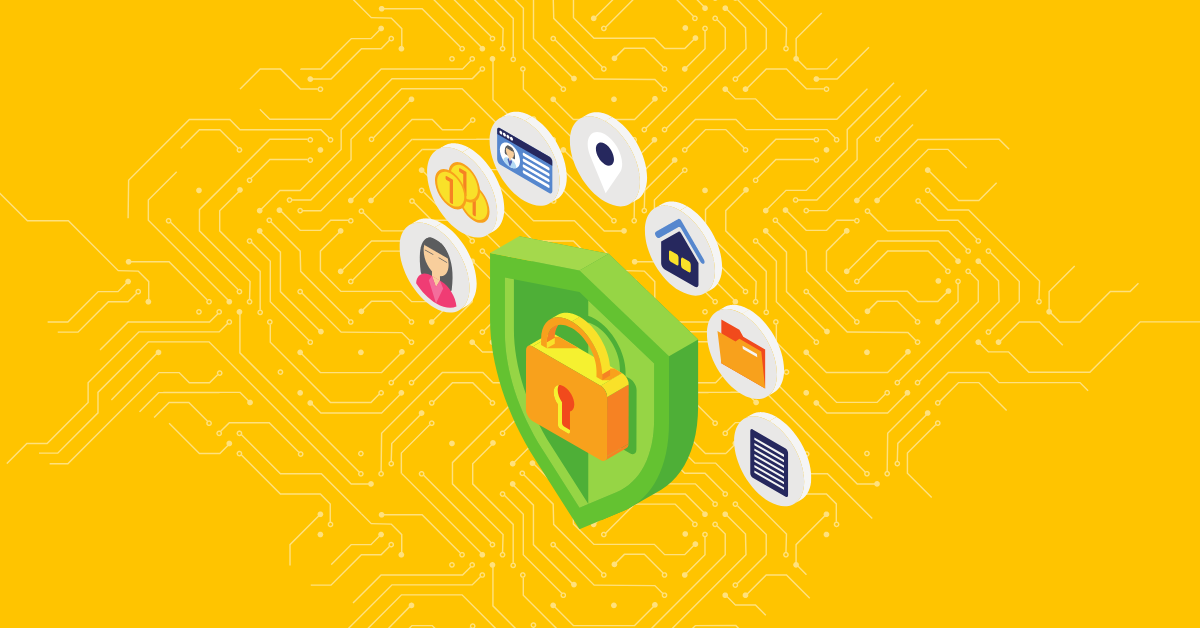
Around $318 billion annually is lost to cybercrime, making digital security paramount to maintaining a safe and responsible operation. The urgency around this issue continues to flare as losses from phone hacking, data breaches, and source code theft rise each year. Unfortunately, no area is left untouched, including mobile apps.
Mobile applications continue to prove themselves as valuable assets that drive traffic, revenue, and community engagement for many organizations. Therefore, introducing the best app security measures is essential to creating a safe environment for a company’s user base.
While online security is complex, security experts, developers, and programming gurus continue to expand on methods to secure digital infrastructure. However, this isn’t only a job for data experts. Every level — whether C-Suite, mid-level management, or IT — needs awareness of best practices regarding application security.
An excellent place to start the conversation around in-app safety is with what’s current. Below are seven top habits, practices, tips, and trends for building a solid wall of mobile app security heading into 2023.
Investing in the right DevSecOps is vital for sustaining a business able to withstand cyber threats and limiting code vulnerability. For more information, visit PreEmptive’s page explaining how investing in their security tools delivers both peace of mind and monetary savings over the long run.
AppSec is short for “application security,” and there’s no one way to go about it. Instead, it’s a systemic approach consisting of many habits.
To build this approach, those responsible for mobile app security must stay on top of the latest trends and be aware of the best tools to bolster their online defense.
Regarding AppSec, staying ahead of the curve is the only way to ward off threats. Because, after all, hackers and cybercriminals are constantly developing new ways of their own to exploit outdated security methods.

Many parties track and record the best ways to improve and optimize application security, including strengthening source code via the IDE, limiting an app’s attack surface, creating strong passwords, and more.
Also, it’s vital that all employees, regardless of status, are educated and brought into conversations around app security, as a unified front is the only way to achieve desired results.
Automating app security is always recommended. Especially for organizations that can’t afford full-time security monitoring, investing in the right tools to do the job is often the best solution to this essential problem. PreEmptive offers a large variety of solutions to increase mobile app vulnerability. Their offerings perform key tasks, including securing and hardening apps across many types of source code, including Java, Android, .Net, JavaScript, and iOS.
Most login methods require only a single-factor identification login, meaning a user only needs to provide one form of authentication to log in. While it’s necessary to have password-protected logins, going with a multi-factor authentication process is much safer.
Users must produce multiple forms of authentication before logging in, especially for accounts holding personal and financial information. This is an easy and great way to increase security and keep users safe while using an app.
Major tech organizations, like Google, strongly advocate that developers run security tests at the end of a program’s development and through the entire process.
Testing for weaknesses at multiple points dramatically reduces the likelihood of oversight regarding source code weakness.
The more scattered a security team’s knowledge and asset bases are, the more likely threats can slip through. As a result, consolidation is a major trend, and every company should consider swapping their whole spectrum of vendors and IT solutions for one reliable method or partner.
Unifying around one vendor also makes the security effort more efficient and easy to understand for a company’s security managers.
Data breaches are very hard to detect right off the bat. However, advances in AI-powered security tools are increasingly valuable for identifying attacks right as they happen. In this model, programs have machine learning algorithms seamlessly attached to them. The algorithms examine and alert security managers, who can then address issues immediately.
Automated applications are a must in the modern age. Speed and immediacy are critical, and fully automatic security apps are preferred.
Additionally, automated apps continuously monitor more than just potential attacks. They highlights and fix code vulnerabilities to fend off possible threats down the line.
Laws surrounding data security began in the EU and are now spreading rapidly throughout the world. As a result, laws concerning data protection are multiplying, which places the onus on businesses to beef up security and comply.
These regulations protect both users and companies, as data security breaches and code theft are enormously costly problems.
Overall, regulations are predicted to continue to grow in number and scope, making it essential for organizations to know the rules.
Companies must think in terms of overarching strategy. Security across all digital and physical assets continues to merge, and analysts, developers, and executives are coming to understand that security isn’t something to compartmentalize.
Just as a company mission needs to be a unified goal, a security approach needs to be instilled across departments, hierarchies, and geographical locations.
Especially with increases in remote offices, the entire workforce must have a clear vision of what’s being done to secure digital assets. In addition, employees need clear communication on how every role is vital in creating a safe environment.
Apps are among the most targeted locations of cybercrime. This makes fortifying mobile application security as crucial as routine checkups on physical assets. Therefore, companies and individuals must do all they can to incorporate the above tips into their protection strategy.
PreEmptive’s mobile app security solutions protect from all angles: code hardening, obfuscation, security checkpoint strengthening, tamper-proofing, and more.
![]()
Best of all, PreEmptive’s solutions seamlessly integrate into existing programs, requiring no alterations to source code.
It’s wise to seize the day and practice vigilance by protecting essential assets before it’s too late. With the right safeguards, developers can rest easy, knowing their apps are defended.